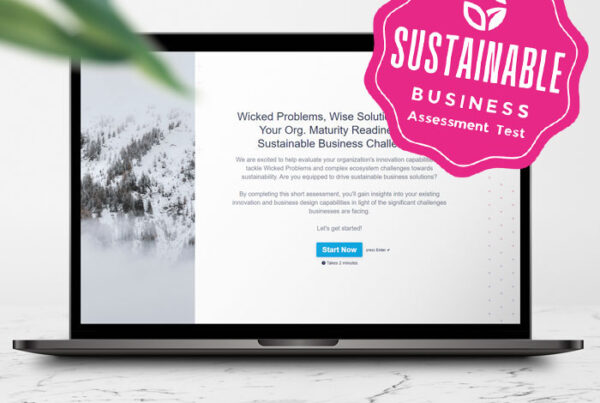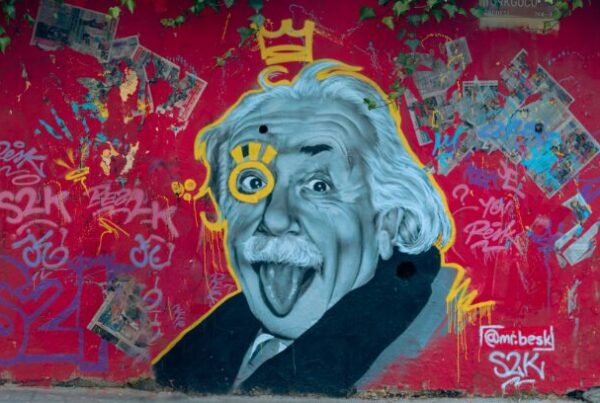Guest article by Pascal Van Laere & Mike Pinder
The power of FLOW
E ver felt that magical moment when you’re “in the zone?” Time melts away, your focus is laser-sharp, and you’re effortlessly productive. That’s the power of FLOW. Flow is the peak of human experience.
- It’s an optimal state of mind where we feel and perform at our very best.
- It’s that feeling you get when you’re working on a project you’re passionate about, and the ideas just start flowing.
- You’re completely focused, you’re making progress effortlessly, and you almost forget to take a break.
That’s the power of flow. And it’s not just about getting things done – it’s the engine that drives true innovation leading to novel ideas.
What exactly is FLOW?
Flow, a concept pioneered by psychologist Mihaly Csikszentmihalyi, is a state of optimal experience where you’re fully immersed in an activity with intense focus and deep engagement. Flow isn’t just a feel-good concept or a productivity hack; it’s a biological process with extensively researched benefits that skyrocket performance indicators like productivity, learning ability, problem-solving skills and creativity.
This enhanced creativity is crucial for innovation, as flow helps us make new and unexpected connections and take the creative leaps needed to generate novel ideas by allowing us to spot patterns that spark innovation. Think of creativity as the raw material for innovation. It’s where new ideas come from. Innovation takes those ideas and makes them into something valuable.
Flow helps this process in a few ways. When you’re in flow, you can focus better, think more clearly, and see connections you might normally miss. This boosts creativity and makes innovation much more likely.
Unlocking FLOW and innovation
Flow isn’t just something that happens by chance; it’s a skill you can develop, and here’s how, focusing on the key drivers of intrinsic motivation. Intrinsic motivation means doing something because you genuinely enjoy it or find it personally satisfying, not because you’re being forced or offered a reward, which is the opposite of extrinsic motivation that comes from external factors like prizes, bonuses, deadlines imposed by others, or avoiding punishment.
-
Curiosity, Passion, and Purpose
Intrinsic motivation, often begins with being curious about things, which often merges into passion. Without even realizing it, we are constantly learning about a certain topic without losing attention or energy. When we can then turn that passion into purpose, which means something bigger than ourselves, something beneficial to society or the world, this is a truly intrinsic motivator. This progression—from curiosity to passion to purpose—makes us more likely to enter flow, where our minds are open to unexpected connections and novel ideas.
Real-life example: Imagine someone deeply curious about where their food comes from. This curiosity grows into a passion for sustainable agriculture. They spend hours learning about organic farming, permaculture, and innovative food technologies. This passion then fuels their purpose: to create a more sustainable food system. They might enter flow while designing a community garden, developing an app that connects consumers with local farmers, or researching new methods for reducing food waste. This intrinsic motivation, driven by a desire to contribute to a healthier planet, fuels their innovative actions and leads to impactful solutions.
-
Challenge-Skill Balance
One of the fundamental conditions for entering flow is achieving a balance between the challenge of the task and one’s existing skill level. Tasks that are too easy can lead to boredom, while those that are too difficult can induce frustration and anxiety. To facilitate flow, individuals should seek out challenges that slightly exceed their current capabilities, pushing them to grow and develop their skills. At the same time it is important to break down the challenge into clear goals. Knowing precisely what needs to be accomplished provides a sense of direction and progress, which is essential for flow.
Real-life example: Consider addressing a significant global challenge. Tackling a world problem like climate change presents a substantial challenge, but breaking it down into more manageable projects (such as developing a local sustainable energy initiative or designing more energy-efficient systems) can establish that “just right” challenge. This balance can trigger flow and foster innovative solutions.
-
Autonomy
Autonomy, the feeling of control and ownership, is a powerful motivator for flow. Autonomy fosters responsibility and creativity. Innovation often requires breaking from conventional paths, and autonomy provides the space to explore unconventional ideas. When we feel trusted to make our own decisions, we take risks and experiment, which is crucial for innovation. In essence, autonomy provides the freedom and flexibility needed to fully immerse oneself in a task and explore novel solutions.
Real-life example: In a research and development department, scientists given autonomy to choose their research topics and methods are more likely to experience flow. This autonomy allows them to pursue their curiosity, experiment with different approaches, and take the risks necessary for groundbreaking discoveries.
-
Feedback
Frequent and immediate feedback is essential for sustaining intrinsic motivation and cultivating flow. Intrinsic motivation thrives on feedback that is immediate, relevant, and constructive. Timely feedback helps us adjust, learn, and refine our ideas. In innovation, rapid prototyping and testing provide this instant feedback, allowing us to iterate quickly and recognize patterns we might otherwise miss. This continuous feedback loop reinforces a sense of progress and accomplishment, further fueling the flow state.
Real-life example: A team designing a new user interface for a website relies heavily on user feedback. Through A/B testing, user surveys, and usability studies, they receive immediate feedback on design choices. This feedback loop allows them to quickly identify what works, what doesn’t, and how to refine the design in innovative ways to create an optimal user experience.
The Power of Pattern Recognition
When these four drivers are activated, we increase the likelihood of entering flow. In this state, our minds operate at peak efficiency, and our senses are heightened. This allows us to perceive subtle patterns and connections. Pattern recognition is at the heart of innovation – seeing relationships where others see chaos, identifying trends, and connecting disparate ideas to create something new.
By fostering curiosity, passion, purpose, setting ambitious goals, providing autonomy, and ensuring frequent feedback, we create an environment where flow and innovation flourish. And in this fertile ground, the seeds of pattern recognition are sown, leading to profound insights and groundbreaking discoveries.
Want to learn more about Flow & Innovation?
We offer an e-learning course where you can dive deeper into the science and practice of flow. You’ll learn how to apply these principles to your own life and work.
For those seeking a more interactive experience, we also offer a Flow and Innovation Workshop. Get in touch to learn more about how this workshop can help your team unlock its innovative potential.
Contact Us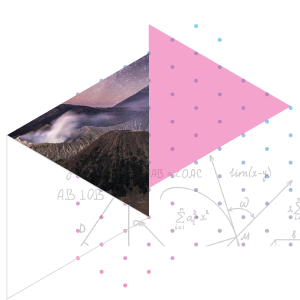
Let’s talk!
Reach out below
We’ll discuss your specific sustainable business-innovation challenges and what to do about them
Mike Pinder is a cross-industry business innovation expert & consultant, thought leader, author, lecturer & international keynote speaker on innovation. He’s driven by using innovation to leave the world a better place than we found it. Mike is a co-founder of Wicked Acceleration Labs (an industry-academia research lab aimed at tackling wicked problems), Member of Board of Advisors at Global Innovation Institute (GInI), & Honorary Practice Fellow at Imperial College London Business School.
Mike consults and leads across innovation strategy, Design Thinking, Lean Start-up, Business Model Innovation in both B2B and B2C, guiding c-level innovation strategy, innovation accelerator design, co-creation, capability programs, academic research, executive education (Exec Ed) university program design, intrapreneurship, digital transformation, sprints & more.
Photography by: @enginakyurt & @ricvath



